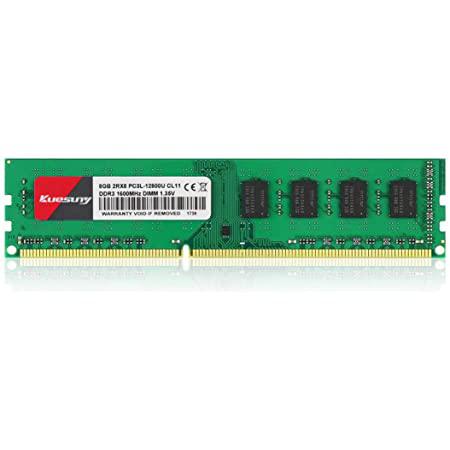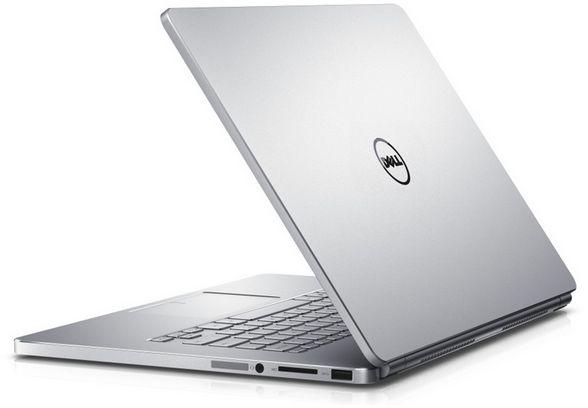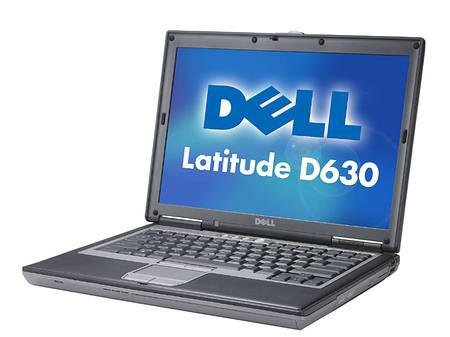computer memory (RAM)
Random access memory is a storage device for your computer's working data content. This means that it not only stores images and videos, but also encoding components that run parts of the device and its programs. RAM can be rewritten and modified as new items are stored or when certain items need to be deleted or closed.
Does the amount of RAM affect the performance of a computer system?
Yes, the amount of RAM you have can significantly affect the performance and speed of your desktop or laptop. RAM can access every bit of data at random, regardless of where it is located. In contrast, your hard drive is more like a filing cabinet Data must be retrieved in the order in which it was stored. To understand how RAM memory works, think of your RAM as a worktable.
Can more RAM be added to a computer system?
Every time you give your computer a command or access a file, that information is retrieved from disk. Once that file is open, you need a worktable to place the file for reading. As you read the file, it becomes stored in RAM until you're done with it. At that point, the file is put back into your computer's archive, so to speak. If you have a larger workspace, your system processor can, if you will, handle more files at the same time, increasing speed, functionality, and improve access.
Are there different types of RAM?
Yes, you can purchase units to be built into an existing system structure. Depending on your system, you can either add additional RAM chips or replace the existing chips with ones that can hold more data. Before you do this, you'll need a few Things to consider. Does your device primarily have the physical space to add a unit of RAM? Some systems can only be upgraded up to a certain amount of memory, and this can vary from computer to computer. You then need to make sure that you Buy the right type of RAM for your processor. Some processors run at 32-bit, while others run at 64-bit.
There are two main types. DRAM, or Dynamic Random Access Memory, and SRAM, or Static Random Access Memory. The difference between DRAM and SRAM is how the transistors within the unit work. Both types of memory perform the same basic functions, however, SRAM is slightly faster.
What is the difference between MB and GB?
At their most basic level, computers work on a binary "bit" system. A byte is eight bits. A kilobyte is 1024 bytes. A megabyte is 1024 KB. 1024 MB is made into a gigabyte. The next level up from there is called a terabyte , which is 1024GB. See the pattern? You'll notice that the total storage is a multiple of 32, so the amounts double each time. Some storage options include the following.
512MB

1GB
2GB
4GB
8GB
12GB
16 GIGABYTES
32GB
64GB
128GB
Jump that out of bed
Cyber Monday
and complete your Christmas list by shopping for computer RAM, gift wrap and more with unbeatable deals and discounts.





